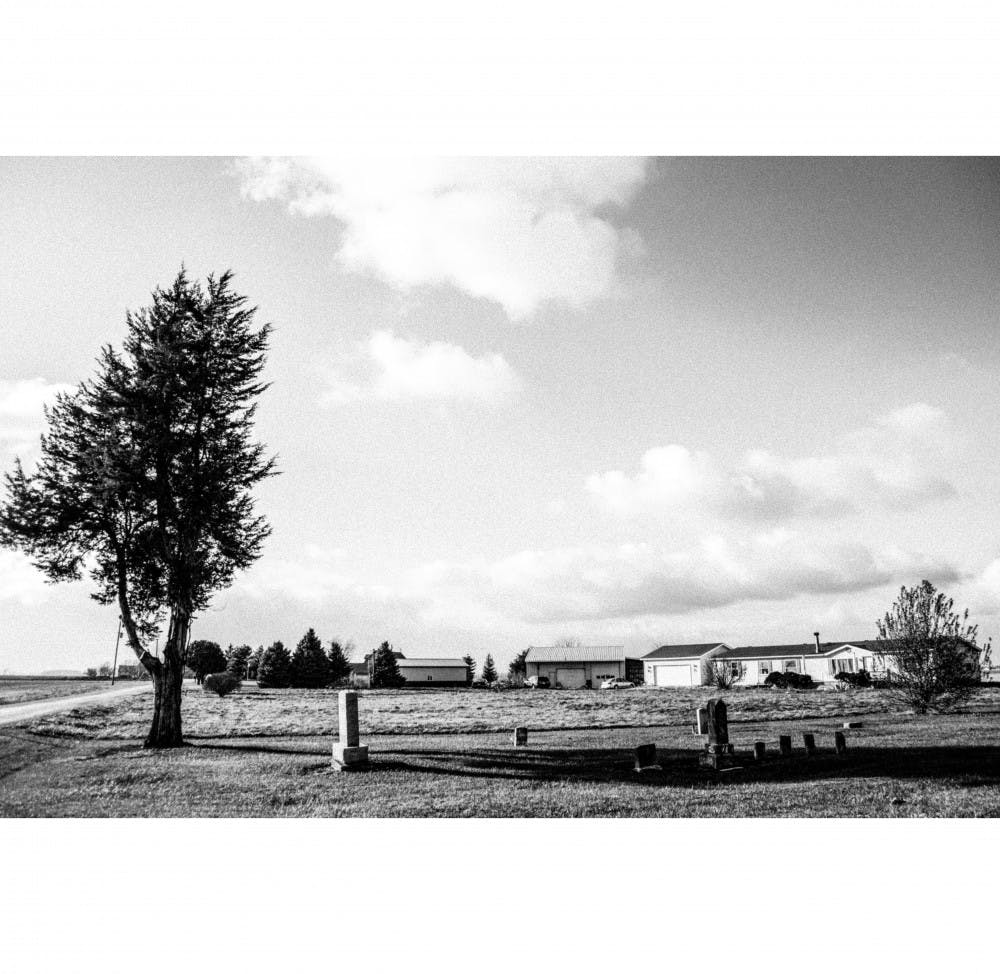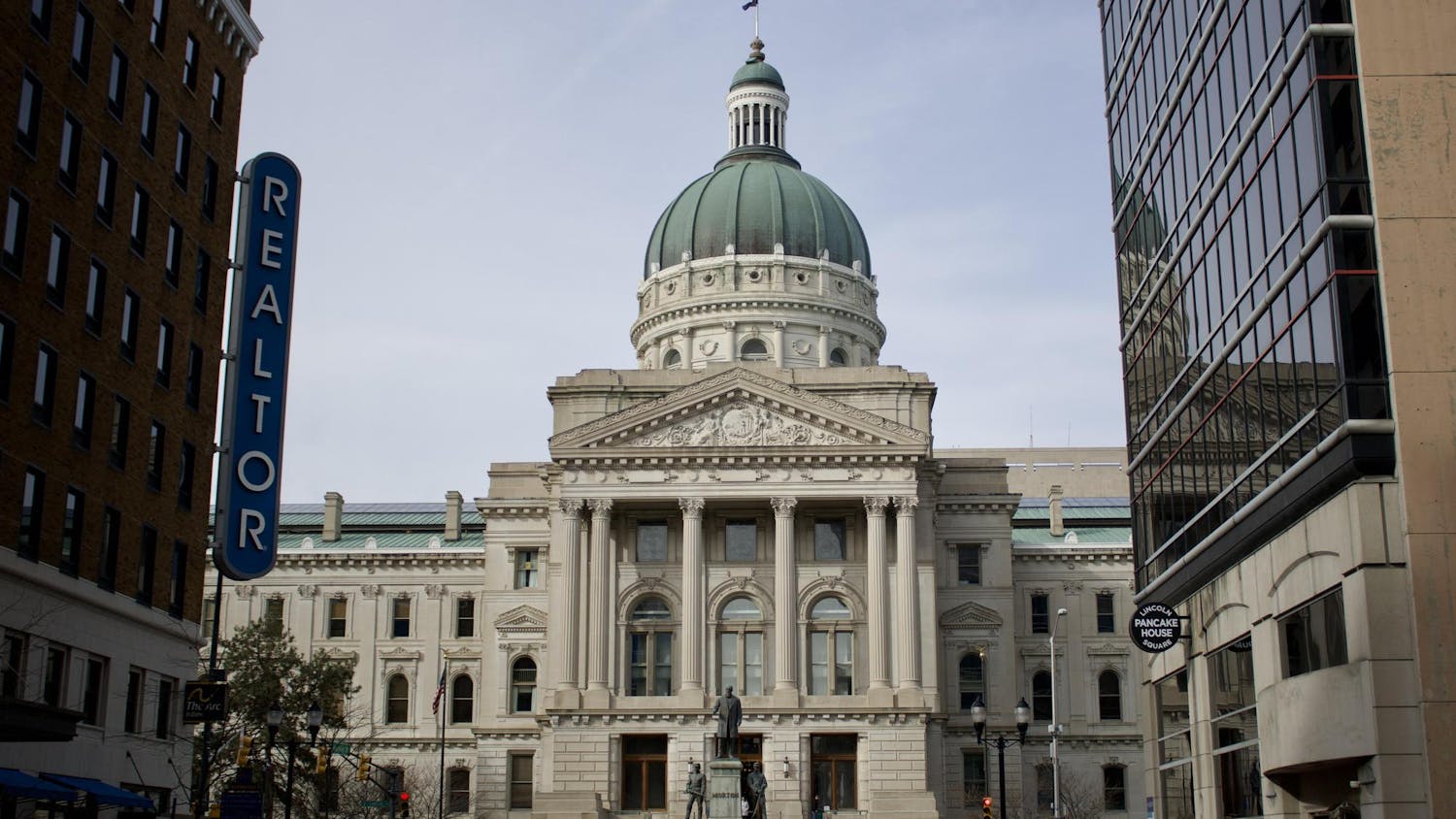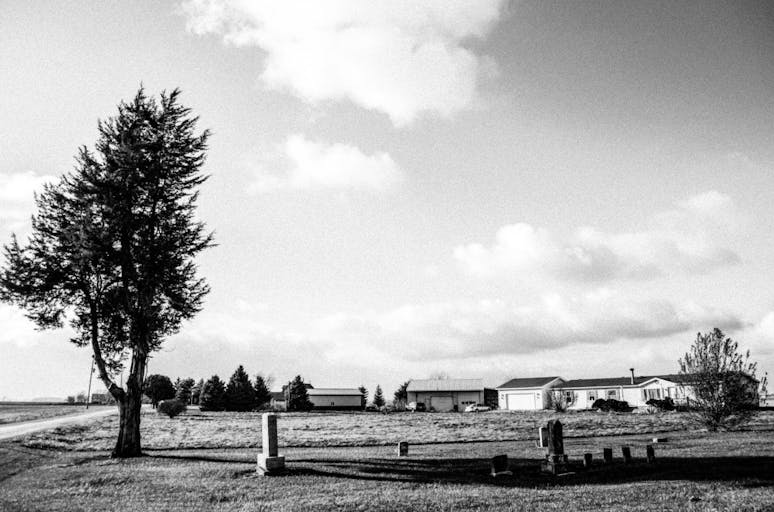
MARION, Ind. — The flash of a camera caught the crowd of white faces gathered under the tree on the courthouse lawn, some smiling as though enjoying a picnic. A young couple holds hands. A man points above the crowd to something dangling from the strong lower branches — two black bodies, their clothes dark with blood.
A mob had dragged Thomas Shipp, 19, and Abram Smith, 18, from the Grant County Jail the night of Aug. 7, 1930, then beat, stabbed and strung them up on the courthouse square.
James Cameron, just 16 at the time, was pulled from his cell and beaten but spared.
The image from that night, taken by a local studio photographer, would become an icon of lynchings in the United States. The picture haunted a teacher from New York City named Abel Meeropol, inspiring him to write a poem that was later put to music.
Southern trees bear a strange fruit,
Blood on the leaves and blood at the root,
Black body swinging in the Southern breeze,
Strange fruit hanging from the poplar trees.
“Strange Fruit,” recorded by Billie Holiday in 1939, was named Time magazine’s song of the century. In 2013, Kanye West sampled Nina Simone's version in his song “Blood on the Leaves.”
A key distinction in the song was lost over the decades. Though the lyrics reference the American South, the violence that inspired those haunting lines occurred in the North. Shipp and Smith were lynched here in Marion.
Everyone in Marion knows about the lynching at the courthouse 88 years ago. Descendants of Shipp and Smith still live in town. But Marion can’t agree on how to publicly memorialize what happened.
***
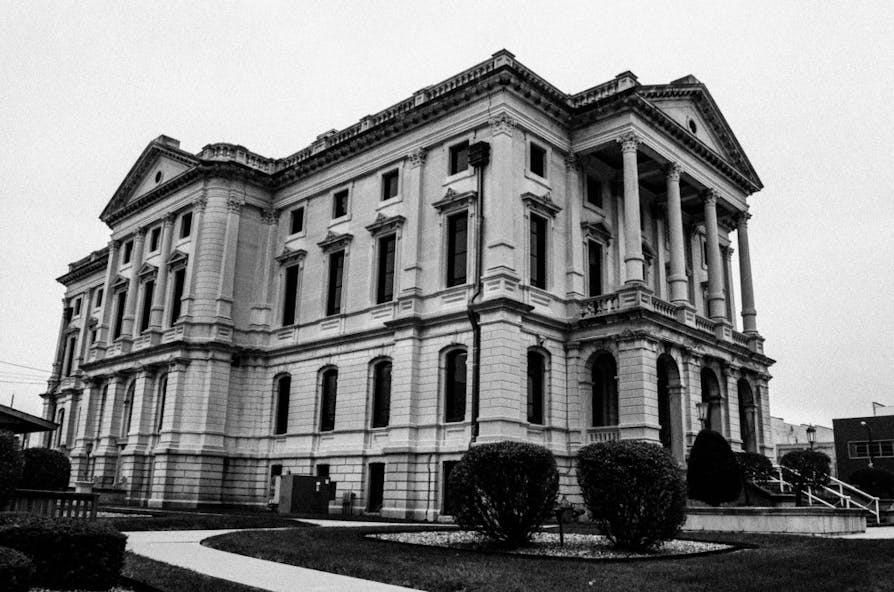
This April, a memorial opened in Montgomery, Alabama, recognizing every known lynching in the United States. At the center of the six-acre memorial, in the heart of the deep south, 800 steel monuments hang from the roof, one for each county where a lynching took place.
The monuments are etched with the names of 4,400 African-American victims of lynchings, including Shipp and Smith.
On the ground beside the monument lie hundreds of coffin-like sculptures meant to be claimed by the counties and transported back to the lynching sites, spreading the memorial to its roots. As they go unclaimed, the memorial shows which counties have confronted their history and which have not.
Marion still hasn’t claimed its memorial. Recognizing what happened to Shipp and Smith is complicated.
Over the decades, some have said that night is better forgotten. Others believe it is crucial to remember what happened, but the town hasn't been able to figure out how.
The local high school teaches students the story, and the library devotes a shelf to it.
The collection includes documents, newspaper clippings and multiple books. One of those books is “Our Town,” by Cynthia Carr, a journalist whose grandfather was a member of the Ku Klux Klan and who she said went to the square that night.
When she was doing her research in the 1990s a memorial in Marion would have been impossible, she said. White people didn’t want to feel guilty. Black people, Carr said, didn’t want to have to relive it.
But Marion hasn’t just silenced the difficult parts of its past. It was one of the only counties where black people were allowed to live and it was known for having underground railroad stations. Carr said all of it had been repressed.
Meanwhile, hate crimes have risen in the United States for the past three years, according to FBI reports. From 2016 to 2017, hate crimes rose 17 percent. Indiana remains one of five states without a hate crime law.
In June, the Marion Community Schools board president stepped down after she shared a social media post expressing support for Roseanne Barr, an actor who faced backlash after making a racist Tweet.
A white assistant fire chief was suspended and demoted in 2015 for tossing a noose to a black firefighter during a training exercise .
“Our silence — somehow it failed to obliterate the past,” Carr said in an interview. “The truth is the only road that's open across this racial divide.”
***
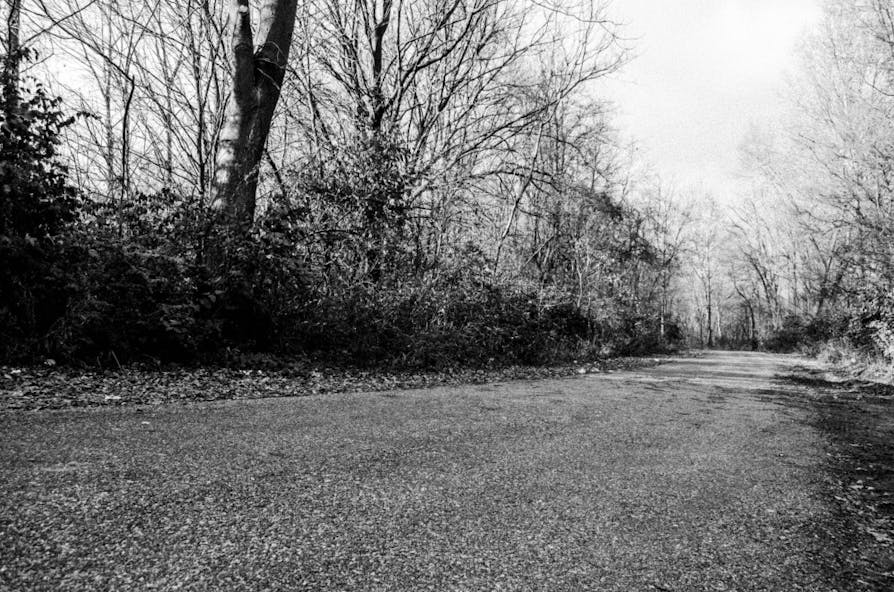
James Cameron looked out his cell window around 8:30 p.m. that summer night in 1930 and saw a mob beginning to form. The crowd had steadily grown all day.
Cameron described the scene in his memoir, “A Time of Terror.” He, Shipp and Smith had been out on a joy ride the night before when Smith decided he wanted a car of his own and was going to rob someone to get the money. Smith pulled a .38 caliber handgun from the bib of his overalls.
The three parked along River Road, now Riverside Drive, where Claude Deeter, 24, and Mary Ball, 18, sat parked in a car. During the ensuing robbery, Cameron ran away before either Shipp or Smith shot Deeter. Police jailed all three that night.
The next day, Deeter died at Marion General Hospital. Police hung his bloody red shirt out a window at the police station like a flag.
Outside of the Grant County Jail, where Cameron looked on the growing crowd, police officers stood between the mob and the jail. The crowd threw rocks at the windows of the jail and eventually used sledgehammers to break down the door.
The mob pulled out Shipp first, beating and kicking him.
The mob hanged Shipp from the window bars on the east side of the jail. The mob continued to beat his dead body.
“It seemed to me as if all of those thousands of people were trying to hit him at once,” Cameron wrote in his memoir.
Then it was Smith's turn.
The mob took him from the jail and dragged him a block to the courthouse square, beating him with crowbars and stomping on his head.
Smith was hanged on a tree at the northeast corner of the square.
As the crowd pulled him up, Smith grabbed at the rope around his neck to keep it from choking him. The mob lowered him, broke his arms so he couldn't do it again and pulled the rope to lift him back up.
Some went back to the jail and cut down Shipp's body to hang him from the tree next to Smith.
Then the mob returned to the jail for Cameron, dragging him to the courthouse. Under the lynching tree, Cameron thought he was going to die, but before the mob could hang him, something calmed the crowd.
It's unclear what saved Cameron's life. In his memoir, Cameron says he believes God answered his prayers. According to IU professor James Madison's book "A Lynching in the Heartland," someone stood on top of a car and shouted over the noise that Cameron was innocent.
After Cameron was taken back to the jail, people took souvenirs from the lynching. People cut the rope in segments to take home and tore cloth from the bodies and bark from the tree that held them.
Sheriff Jacob Campbell cut the bodies down the next morning.
***
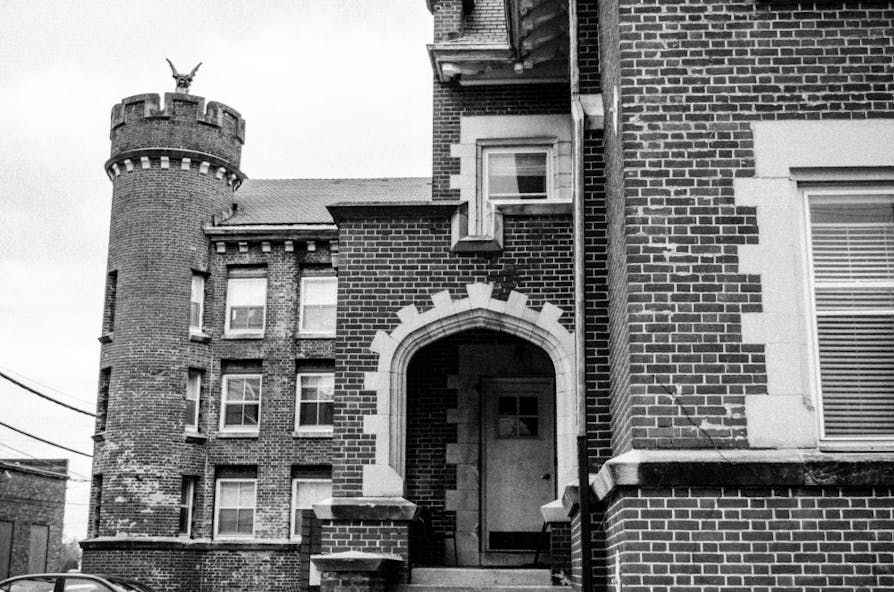
Law fellows from the Equal Justice Initiative, which started the lynching memorial in Montgomery have been working with community members in Marion to memorialize the 1930 lynching.
Staff from the group traveled to Marion in August and met with Grant County Commissioners, who expressed support for collecting soil at the site of the lynching, law fellow Evan Milligan said. The soil would be added to a display at the Legacy Museum in Montgomery where hundreds of jars of soil from lynching sites are on display.
But descendants of Shipp and Smith have opposed a memorial. Multiple attempts to get in touch with them have been unsuccessful.
Because no one was ever prosecuted, those who participated stayed in Marion, and the distrust festered, Grant County historian Bill Munn said.
"The larger community failed to understand the long-lasting traumatic effects of that event,” Munn said.
Torri Williams doesn't know when she first heard about the lynching. It was always in her memory.
Growing up in Marion, Williams, 37, remembers her mother teaching her to navigate racism in her town and her country as a black woman. Part of that conversation was what happened on the courthouse lawn, and the fear her mother felt as a little girl going downtown.
Every time Williams goes to the courthouse, she said, she thinks about the fact that had she lived at another time, the person hanging could have been her nephew.
Williams has teamed with Drew Morrell, the local pastor, to lead efforts for a memorial. A petition asking Grant County Commissioners to collect soil from the lynching ground and place historical markers has gathered more than 1,200 signatures.
Williams sees the stain of racism in Marion and across the country. The shootings of unarmed black men, which have so divided the country, are just another form of lynching, she said.
“So racism is still very alive here,” Williams said. “It takes different forms, and sometimes it's a little bit harder to see, but it's still there.”
When you can’t address and confess to sin, you give power to it, Morrell said. Burying it just makes it worse as time goes on.
"We're actually holding our healing hostage by not addressing history,” Morrell said.
***
Bill Munn started teaching in Marion in 1969. At the time, he was new to the area, so he asked a student what he needed to know about the community.
“Bang, right there it was,” Munn said.
The student told him about the lynching like it happened two weeks ago, Munn said. He asked the other teachers about the lynching.
“Oh no, we don't talk about that,” they said.
In the 1980s, James Cameron began coming back to the high school to speak to students about the night he escaped with his life. Only then did the lynching begin to be taught in schools, Munn said.
Munn, now 72, retired from teaching at Marion High School but teaches history and political science at Indiana Wesleyan University. He also serves as the Grant County historian.
With students, there’s a willingness to understand the consequences the lynching had on Marion, Munn said. Most of his students already knew about the lynching. Families passed it down as a sort of oral history.
Race, Munn argues, is the dominant issue in American history.
“When we're talking about Reconstruction, the Civil War, how can you talk about these things without talking about race?” Munn said. “And how could you not teach about the Marion lynching when it happened in your own town?”
Reconciliation efforts in Marion have fallen short, Munn said, but they have moved the issue forward.
In 2003, hundreds of community leaders, ministers and community members came together at the courthouse to atone. Since then, discussion about reconciliation continued sporadically. Now, discussion is building. Ten years ago, Munn said, the idea of a memorial in Marion there would have faced concerted resistance by the white community.
Now, the urge to act has taken hold, he said. “We have to talk about these things, and we can't pretend that they're not problems.”
***
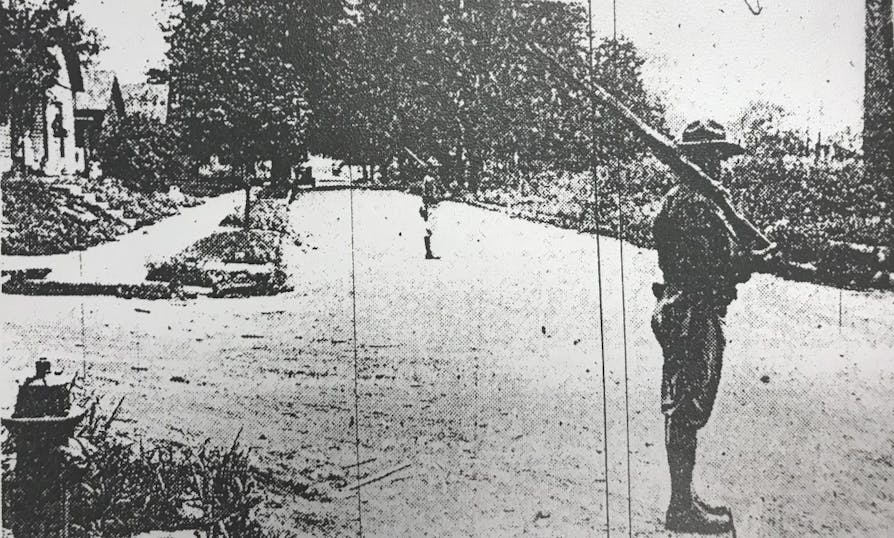
After the sheriff cut the bodies down and Cameron was safely back in jail, no Marion morticians were willing to take Shipp and Smith's bodies, according to Carr's book. They worried their funeral homes would be stormed.
The bodies instead went to an African-American mortician in Muncie 38 miles away. When they were brought back to Marion to be buried, the Indiana National Guard watched over their funerals.
Smith was buried in Weaver, once an all-black farming community about 10 miles south of Marion, according to Madison's book. Shipp was buried in Marion. Their graves are still unmarked.
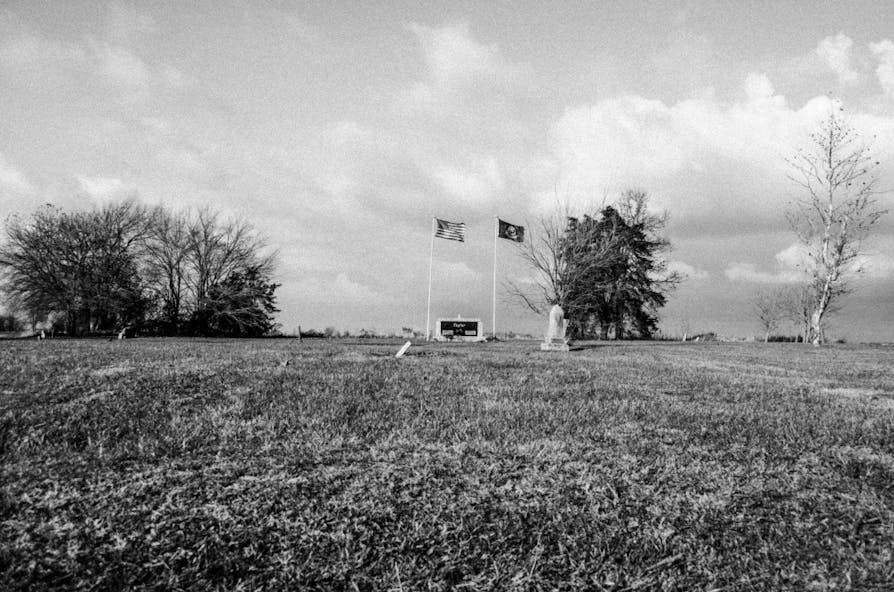
Flossie Bailey, president of the Marion branch of the NAACP, wrote to Walter White, acting head of the NAACP, to ask for an investigation.
White traveled to Marion and talked to dozens of people.
“Indiana, Grant County and Marion must act vigorously to remove the stain from the name of the state which has been caused by these brutal mob murderers,” White wrote in his report to state officials.
Multiple investigations were conducted, but in the end, no one was convicted.
Cameron spent four years in prison for accessory to voluntary manslaughter in the death of Claude Deeter. In prison, he began writing his memoir. He later founded NAACP chapters throughout Indiana and opened the Black Holocaust Museum in Milwaukee.
In 1993, Gov. Evan Bayh pardoned James Cameron, the mayor of Marion gave him a key to the city, and Cameron forgave Indiana and those who hurt Shipp, Smith and him.
In 2005, Cameron spoke to the Senate when lawmakers passed a resolution apologizing for never outlawing lynching. He died in 2006.
The lynching tree was cut down in 1987.
The courthouse still stands. The red brick building that housed the old Grant County jail has been converted into apartments. But the tree where Shipp and Smith once hung is gone. What's left is a patch of grass easy to walk past, a blank space in Marion's memory.
CORRECTION: A previous version of this story contained a photo caption referring to the Monroe County Courthouse. The photo actually pictures the Grant County Courthouse. The IDS regrets this error.

